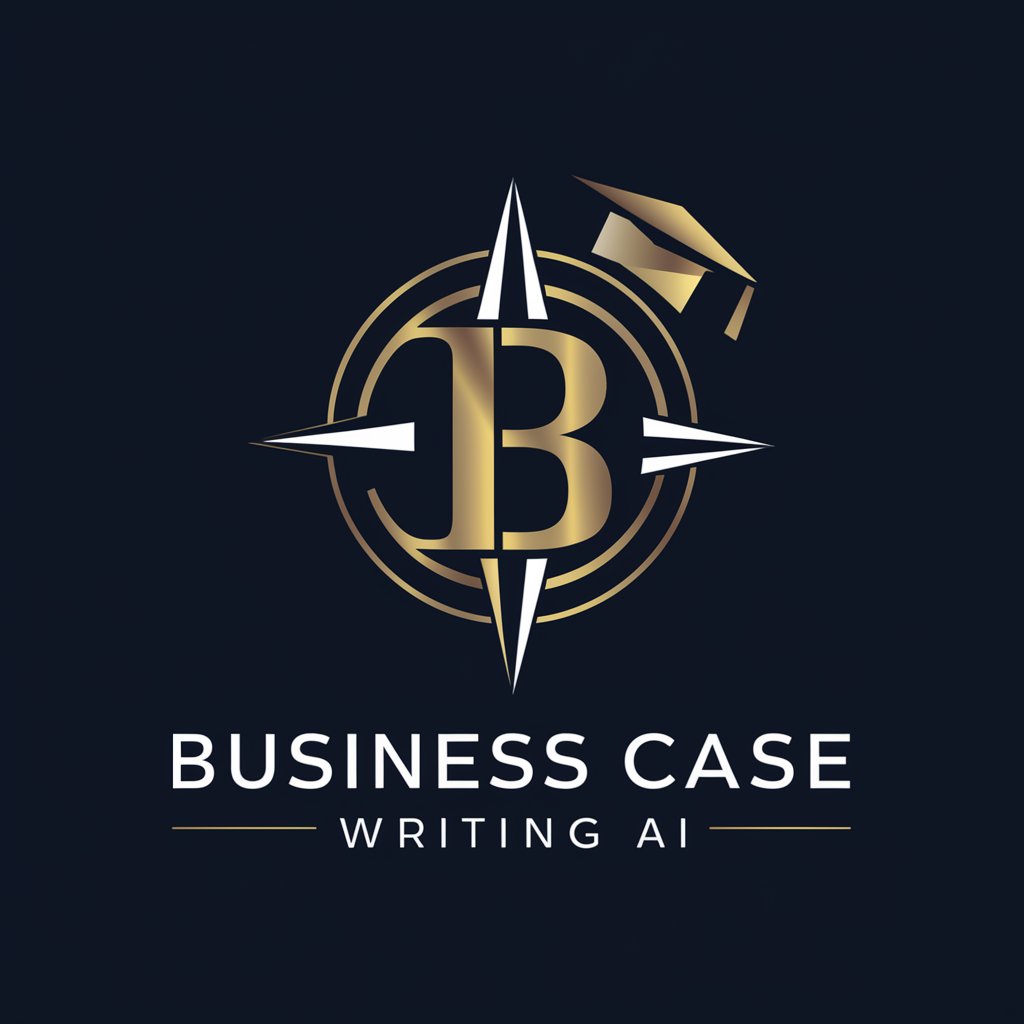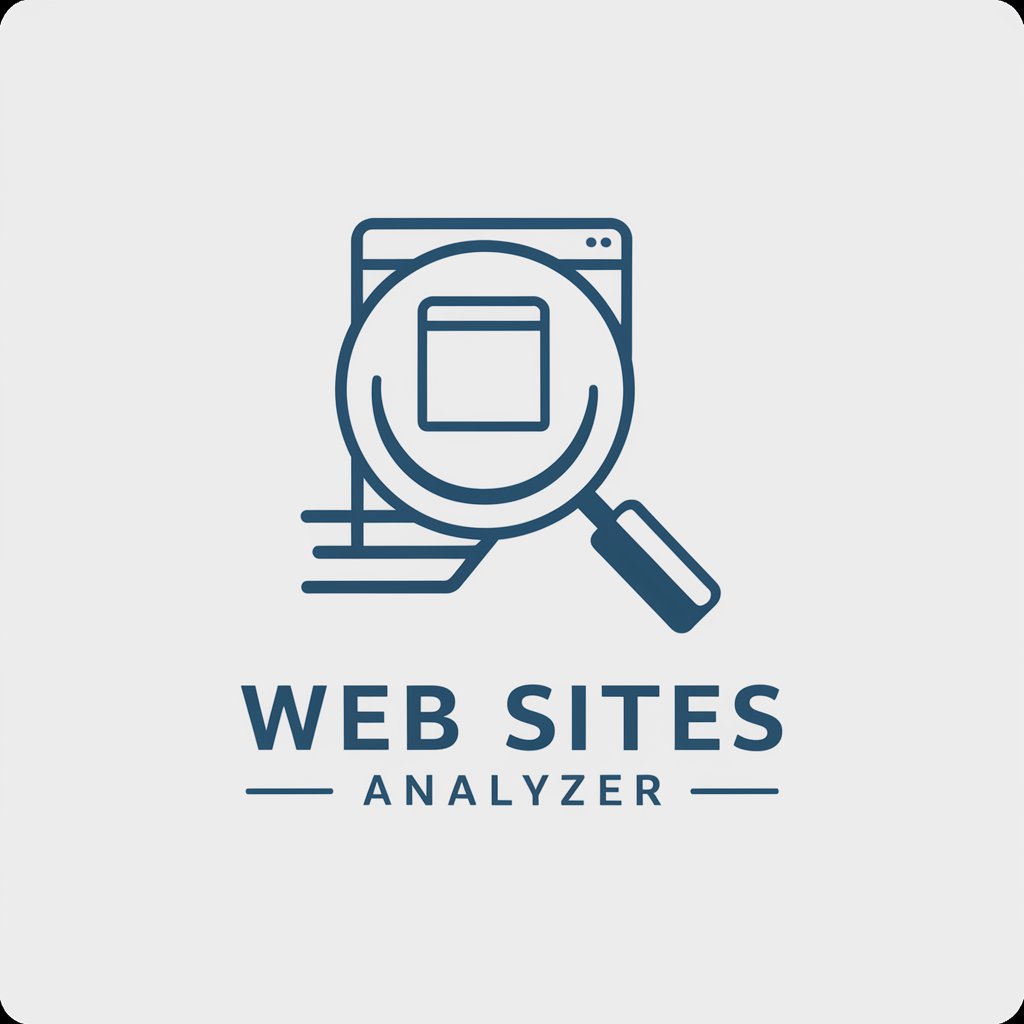
Business Case Writer-AI business case generator
AI-powered business case builder for executive decisions

A co-pilot to help you build a business case
Write a business case
Get Embed Code
Introduction to Business Case Writer
A Business Case Writer is a tool or service designed to assist in the creation of detailed business cases—documents that provide structured, clear, and data-driven justification for initiating a project or investment. The core function of a Business Case Writer is to guide users in building a compelling narrative that aligns with strategic goals, financial implications, risk assessments, and expected outcomes. These tools typically incorporate templates, analytical models, and financial frameworks, making them highly valuable for decision-makers in any organization. For example, consider a company evaluating the potential of launching a new product line. A Business Case Writer helps articulate the business objectives, financial forecasts (e.g., ROI), operational impact, risks, and benefits in a coherent, professional document. The aim is to ensure stakeholders understand the rationale and provide a clear path forward, supported by data.
Main Functions of Business Case Writer
Business Case Template Creation
Example
Automating the creation of business case templates based on industry best practices.
Scenario
ImagineBusiness Case Writer Overview a project manager at a tech firm needs to create a business case for a new software development initiative. A Business Case Writer would provide a customizable template with sections for goals, costs, potential revenue, risk mitigation strategies, and a timeline. This allows the manager to fill in relevant data quickly and ensure that the final document is comprehensive and consistent with company standards.
Financial Analysis and Forecasting
Example
Offering built-in financial modeling tools like ROI analysis, Net Present Value (NPV), and Cost-Benefit Analysis (CBA).
Scenario
A financial analyst at a manufacturing company is asked to evaluate whether the company should invest in a new piece of machinery. Using a Business Case Writer, the analyst can input projected costs, expected savings, and potential revenue increases. The tool will then automatically calculate key metrics like ROI, payback period, and NPV, helping the analyst make a data-driven recommendation to senior management.
Risk Assessment and Management
Example
Integrating risk analysis features that help identify and quantify risks, along with mitigation strategies.
Scenario
A project manager at a healthcare organization is tasked with proposing a new electronic health record (EHR) system. The Business Case Writer can guide the manager in assessing potential risks, such as technical challenges, compliance issues, and data security concerns, and offer templates for mitigation strategies. This ensures that the business case is balanced, considering not just the opportunities but also the risks associated with the project.
Ideal Users of Business Case Writer
Project Managers
Project managers are among the most common users of Business Case Writers. They are responsible for proposing new initiatives, securing funding, and ensuring that projects align with business objectives. A Business Case Writer helps project managers organize their thoughts, align stakeholders, and present a solid case for project approval. They benefit from the tool’s templates, financial analysis, and risk management features, which streamline the process of gathering data and formulating a persuasive case.
Financial Analysts and Business Analysts
Financial and business analysts are key users, particularly when it comes to assessing the financial viability and strategic alignment of proposed investments. These professionals rely on Business Case Writers to ensure that they present accurate financial forecasts, cost-benefit analyses, and ROI projections. The built-in financial analysis tools and customizable templates support their need to create data-backed recommendations that senior executives can trust in making investment decisions.
Executives and Senior Management
Senior executives use Business Case Writers primarily to evaluate high-level strategic initiatives. While they may not create the business cases themselves, they rely on these documents to make informed decisions about company investments, new projects, and resource allocation. The structured format and comprehensive nature of business cases produced by such tools ensure that executives have all necessary information to assess risks, financial viability, and alignment with organizational goals.
How to use Business Case Writer
Visit aichatonline.org for a free trial — no login or ChatGPT Plus required.
Open aichatonline.org and start the Business Case Writer demo or free trial immediately. No account creation or ChatGPT Plus subscription is necessary to begin testing core features.
Define your objective clearly
Before you begin, prepare a concise goal (e.g., reduce churn 15% in 12 months). Clear objectives allow the tool to generate focused hypotheses, success metrics, and ROI estimates. Prerequisites: basic business metrics (revenue, costs, headcount), target timeline, and stakeholders list.
Provide hypothesis and plan inputs
Enter your hypothesis (how the initiative will meet the objective), a proposed implementation plan (activities, owners, key dates, and budget), and measurement ideas. Common use cases: product launches, cost-savings programs, process automation, market entry, funding requests.
Review, refine, and request iterations
Use the tool’s outputs (executive summary, impact, risks) as a first draft. Edit owners, dates, andBusiness Case Writer Guide numbers; ask for alternate scenarios (conservative/base/aggressive) or different presentation formats (slide bullets, one-pager). Tip: iterate with concrete numbers to improve ROI accuracy.
Export, share, and prepare approvals
Export the business case to PDF, Word, or slide-friendly text. Prepare an approvals list (CEO, CFO, Head of Product) and include an appendix with assumptions, data sources, and contingency plans. Tip: include clear metrics and timelines to speed stakeholder buy-in.
Try other advanced and practical GPTs
中医四大经典 倪师全集
AI-powered interpreter of classic TCM texts

Web sites analyzer
AI-powered website analysis for optimal performance.

ISO9001:2015 Expert
AI-powered ISO 9001 expert for faster compliance

Tax & Taxes Specialist
AI-powered tax advice at your fingertips

佛
AI-powered Dharma guidance for practice

4컷 만화 그려줘
Create 4-panel comics with AI

おじさん構文変換器
AI-powered おじさん-style text conversion

Dịch thuật
AI-powered, accurate, and efficient translations.

IRS Helper
AI-powered tax guidance for smarter filing

FPL-GPT
AI-powered assistant for every query

Laravel & Vuejs 3 With Inertia
AI-powered scaffolding and guidance for Laravel + Vue 3 with Inertia

Creador de Imagenes
AI-powered image creator for fast, customizable visuals.

- Product Launch
- Budgeting
- Strategic Planning
- Market Entry
- Process Improvement
Common questions about Business Case Writer
What inputs produce the best business-case output?
Provide a clear, measurable goal, a hypothesis that links the initiative to that goal, a realistic budget, named owners for major activities, and a timeline with milestones. Supplying current baseline metrics (current revenue, costs, conversion rates, headcount) and key assumptions (growth rates, discount rates) lets the tool generate credible ROI and scenario analysis.
Can Business Case Writer produce multiple scenarios and financial models?
Yes — the tool can generate conservative, base, and aggressive scenarios with projected costs, revenues, and simple NPV/ROI calculations based on your assumptions. You’ll get a line-item view of major cost categories, estimated timelines for payback, and sensitivity commentary (which inputs affect outcomes most). For complex financial modeling, export outputs and refine numbers in a spreadsheet.
How does the tool handle risks, dependencies, and mitigation plans?
It identifies common and initiative-specific risks (technical, market, regulatory, resourcing), maps dependencies (third-party vendors, approvals, platform readiness), and proposes mitigation actions with owners. You can request deeper risk analysis or contingency budgets; the quality of mitigation proposals improves when you provide known constraints and existing safeguards.
What formats and outputs are available for sharing with executives?
Business Case Writer produces an executive-ready package: a 4–5 sentence executive summary, goal, hypothesis, proposed implementation with milestones and owners, impact/ROI, success metrics, and risks & dependencies. Outputs can be formatted as concise one-pagers, slide-friendly bullet lists, or exportable text for PDF/Word. It can also produce appendices with assumptions and raw calculations.
What are the tool’s limitations and data-security considerations?
Limitations: generated financials are only as accurate as the inputs and assumptions — it does not replace detailed financial modeling for complex enterprises. It may suggest generic mitigations that need tailoring. Data-security: before sharing sensitive or confidential figures, verify the platform’s privacy policy and enterprise offering (on-premises or private workspace) if needed. For regulatory or legal conclusions, consult specialists.






